PREVIEW: Shin Megami Tensei III: Nocturne HD Remaster
by Jean-Karlo Lemus,With the meteoric popularity of the Persona games, it's easy to forget that they're a spin-off of the greater Shin Megami Tensei series. There have been more Shin Megami Tensei spin-offs released stateside than numbered releases, such as the Digital Devil Saga duology, the DemiKids games, the Persona series and Strange Journey, but the rise of the Shin Megami Tensei series in the US can be charted back to Shin Megami Tensei: Nocturne on the PS2. Originally released in 2004, Atlus and Sega are now remastering the third numbered SMT game for modern consoles and PCs. We were able to sit down with a preview copy of the Switch version to explore its early areas.
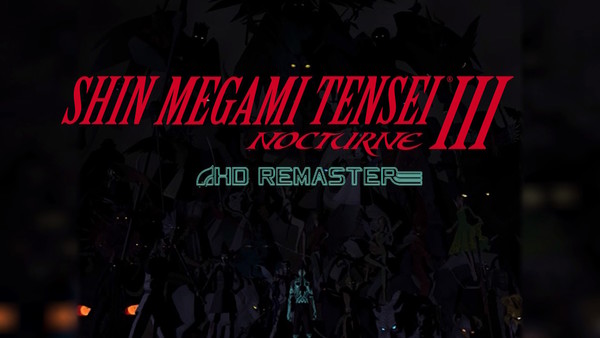
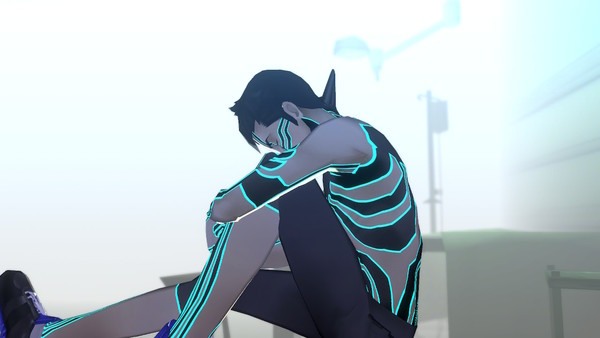
The Shin Megami Tensei series' gameplay would go on to inspire Pokémon, and plays as a much darker and cynical version of the beloved monster collection game: as you wander, demons will randomly attack you. While battles are ostensibly opportunities to defeat enemies for money and experience, you or any other party member with the appropriate negotiation skill can also speak to demons and barter items, money, or your very health to try and convince them to join your group; however, there's no guarantee that they'll join you. Nothing stops a demon from taking a huge cut of your money, a rare healing item, and a chunk of your health then just deciding they don't like your face. During our playthrough, a negotiation with a demon almost went sour before one of my party members with the right skill jumped in at the last minute to vouch for us, scoring us a new Kodama for my party. Other factors like language barriers, the full moon driving demons into a drunken ecstasy, or certain enemies in a mob bullying a certain demon might also keep you from recruiting indiscriminately.
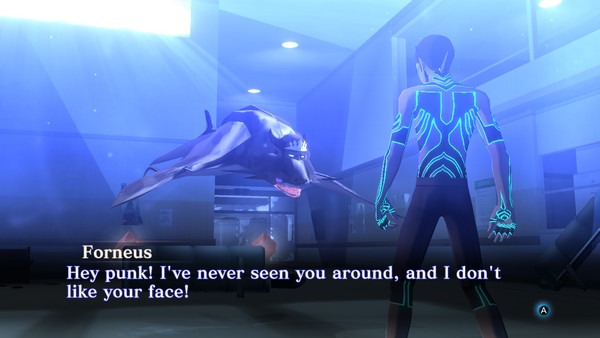
Once you have a party of demons, you battle monsters in a strict turn-based format known as the Press Turn system. Your party has one icon per party member, and each action expends an icon. Moves like critical hits or striking an enemy's elemental weakness only expends half an icon, allowing for an extra action. On the other hand, you lose turns for missing attacks or using spells the enemy is resistant to. The result is a very strict, very demanding, but very tactical battle system that forces you to consider enemy weaknesses and party builds while nabbing every opportunity you can. There isn't much room for creativity in battles, only relentlessly nailing enemy weaknesses until they can no longer attack back.
What does offer a chance for creativity is the new Fusion system. You see, simply grinding up your Demons eventually grants diminishing returns as they can only learn so many skills while their Experience requirements balloons. Players can visit the Cathedral of Shadows to fuse demons together to make newer, stronger ones. While you are limited by your Demi-Fiend's level (you cannot make a demon stronger than them) and the demonic materials available to you, fusing allows you to create demons with skills they normally wouldn't have. In addition, the HD Remaster allows for Skill Shuffling and Skill Inheritance: now, you can either directly choose which skills to pass onto demons through fusion, or simply decide to let luck determine the results. This allows for a lot of fun strategizing, or a fun challenge to struggle under—the choice is yours.
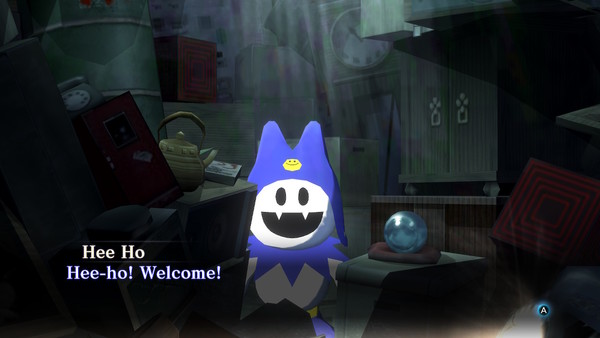
And make no mistake, there is plenty of challenge to be had. While the Remaster offers a new Merciful mode on top of a new Hard difficulty, even the basic difficulty can be utterly relentless. Random encounters are everywhere—even in shops or story locations. Rest areas are few and far between. MP and MP restoration is at a premium. The worst-case scenario is always just one missed attack away. Players who are merely interested in a story of troubled youths finding their reason to be in a post-apocalyptic world are more than justified in taking the Merciful mode route. Players in search of bragging rights can opt into Hard mode at any time—and opt-out if they find themselves overwhelmed.
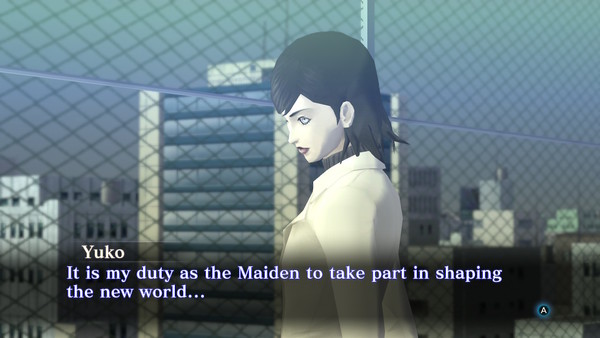
As for add-ons offered by the Remaster, there are plenty. Players can purchase an OST that allows you to change the overworld music to that of any of the other numbered Shin Megami Tensei games, from I to IV and even including IV: Apocalypse. There is also available DLC for new maps for farming vital level-up items. But the truly ardent Nocturne fans wish for a very specific DLC—and will be happy to know it is also available. The original PS2 release of Nocturne was based on the “Maniax” re-release in Japan and featured Dante from the Devil May Cry series as a cameo character. While the HD Remaster features the Shin Megami Tensei character Raidou Kuzunoha in these scenes by default, the Maniax DLC allows for Dante's triumphant return to the Vortex World. Players can buy this DLC individually or spring for the Digital Deluxe Edition of the game, which includes all of the DLC from the get-go.
As for the technical aspects, Nocturne HD runs smoothly. The Nintendo Switch port seemed to have no challenge in running the game. While the intro video leading to the title screen suffered from aliasing, the game itself has been well-adapted to the HD era. Nocturne also functions very well in Handheld mode, with the text and menus displaying in a comfortable and legible size. The localization has been updated from the PS2 original, and lovingly so by the original team that handled Nocturne back in 2004. In addition, a new voice track has been recorded for this release, with a new option for Japanese voice acting to be played as well. Players can opt for one or the other at any moment.
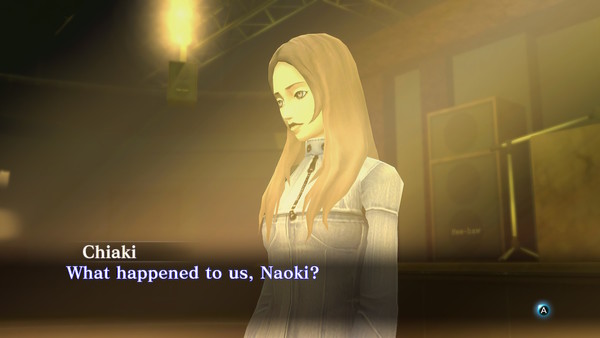
Our time with the remaster was limited, only offering us a taste of the potential behind Demon Fusing and the Demi-Fiend's search for Reason. However, it is quite evident that a lot of love and care is being put into this release. Fans and neophytes alike can look forward to the Shin Megami Tensei Nocturne HD Remaster releasing this 25th of May.
discuss this in the forum (3 posts) |